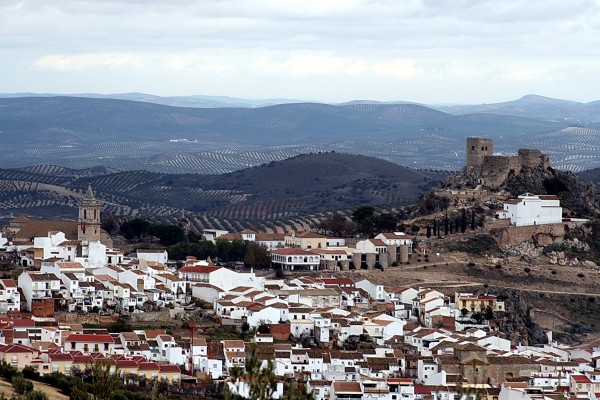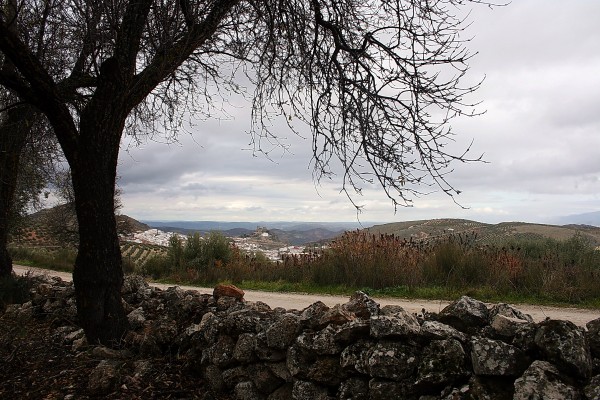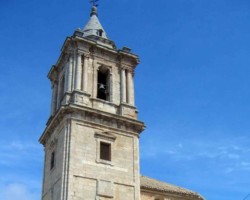The white-washed walls of Luque, the northeastern gateway to the Subbética, extend at the foot of Tajo del Algarrobo. The white-washed walls of Luque, the northeastern gateway to the Subbética, extend at the foot of Tajo del Algarrobo, watched over by a medieval castle that seems to grow out of the steep rock-face. The spacious Plaza de España is bordered by the Renaissance parish church, an extremely important monument of cathedratic proportions. This square represents a vantage point that provides a beautiful view of the sprawling village, wherein crooked streets climb the hillside, centred around calle Carrera.
- This village is located in the southeast of the province, a short distance from the N-432 road.
- Distance from Córdoba: 74 km.
- Altitude: 664 m.
- Surface area: 139.6 km2.
- Population: 3293.
- Term used to designate inhabitants: Luqueños.
- Region: Subbética Cordobesa.
Luque is believed to be built over the site of a small Visigothic hamlet [Lucus]. In 909, the Moorish chronicler Ibn Hayyan makes reference to Hisn Lukk, or the Castle of Luque, which was occupied by the rebel Ben Mastana. Up until the end of the Caliphate, Hisn Lukk formed a part of the cora [regional division] of Cabra. In 1240, the castle was surrendered to Ferdinand III. The castle passed between a series of title-holders and in the first half of the 14th century was subject to several Moorish raids as a result of its position on the border with the kingdom of Granada. In 1374, Henry II ceded the village as estate to the alcalde mayor of Córdoba, Egas Venegas, and the locality remained linked to this family in subsequent centuries, later becoming the seat of a countship.












